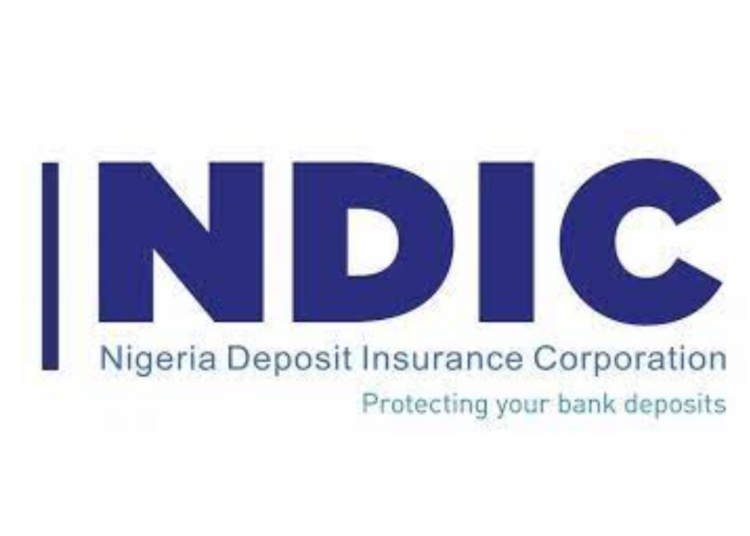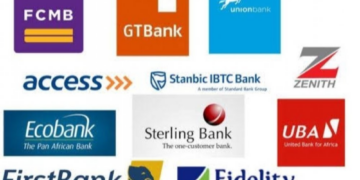Debtors of failed banks have held on to over N400 billion borrowed from liquidation which is required to pay liquidation dividends to customers of the failed institutions.
“The value of debt recover taking into account all the banks in liquidation, including the DMBs, MFBs and primary mortgage institutions is debt that is well beyond N400 billion and that is what we are expected to recover do that we can pay the depositors of those banks,” managing director/CEO of NDIC, Bello Hassan said at the workshop for business editors and finance correspondents in Owerri, Imo State.
“The corporation needs to recover the money to successfully pay the liquidation dividends of the customers.” Liquidation dividends is what is paid over and above the issued amount of N500,000 in the event of bank failure.
He also disclosed that as of today, the corporation has paid more than N1.6 billion to more than 40,000 depositors of the failed banks, while calling on depositors of the failed banks, especially those who do not have BVN on their bank accounts to come out for verification and pay the insured amount.
Hassan said the corporation is mainly challenged by problems of recovery, adding that a lot of the customers of the liquidated banks are not ready to pay those debts. The loans that were granted by those banks are part of the depositors’ money. He told journalists on the sideline of the workshop that “it is only when they pay we will be able to pay the depositors of those failed banks.”
The revised 2023 NDIC Act empowers it to expedite recovery of debts. The corporation now hopes to leverage on that to recover more and pay the depositors.
The NDIC also threw its weight behind the proposed recapitalisation of banks, saying the country needed bigger banks to achieve the vision of a $1trillion economy.
Hassan said while the banking industry is sound in terms of key indicators namely Capital Adequacy, Liquidity, Earnings and Quality of Assets, achieving a $1 trillion economy requires bigger banks.
He said: “I know as we speak if you look at the performance of the industry, it is very sound, looking at the key financial soundness indicators, capital adequacy, liquidity, earnings, and quality of assets.
“But, certainly, the government is trying to grow our GDP to $1 trillion, we also need bigger banks to play in that space.
“As the government is trying to implement their agenda of growing the GDP to $1 trillion we also need bigger banks to achieve that. I believe it is within that context that the CBN is recapitalising the banks, asking the banks to recapitalise, to enhance their capital.”
“The value of debt recovery taking into account all the banks in liquidation, including the DMBs, MFBs and primary mortgage institutions is debt that is well beyond N400 billion and that is what we are expected to recover so that we can pay the depositors of those banks,” Hassan said.
“The corporation needs to recover the money to successfully pay the liquidation dividends of the customers.” Liquidation dividends is what is paid over and above the issued amount of N500,000 in the event of bank failure.
He also disclosed that as of today, the corporation has paid more than N1.6 billion to more than 40,000 depositors of the failed banks, while calling on depositors of the failed banks, especially those who do not have BVN on their bank accounts to come out for verification and paid the insured amount.
Hassan said the corporation is mainly challenged by problems of recovery, adding that a lot of the customers of the liquidated banks are not ready to pay those debts. The loans that were granted by those banks are part of the depositors’ money. He told journalists on the sideline of the workshop that “it is only when they pay we will be able to pay the depositors of those failed banks.”
The revised 2023 NDIC Act empowers it to expedite recovery of debts. The corporation now hopes to leverage on that to recover more and pay the depositors.
Meanwhile, the bank hinted at plans to increase maximum deposit insurance coverage payment to depositors of liquidated Deposit Money Banks (DMBs), Primary Mortgage Institutions (PMIs), and Microfinance Banks (MFBs).
Also, the corporation said it has introduced the Single Customer View (SCV) framework that has enhanced the speedy payment of insured sums.
He believes that the new coverage level once approved will go a long way in reinforcing depositors’ confidence in the NDIC’s deposit guarantee scheme.
Currently, based on the NDIC Act, the corporation guarantees payment of deposits up to the maximum insured sum of N500,000 to a depositor in DMBs and PMBs and N200,000 to a depositor in MFBs in the event of failure of a participating financial institution.
Mr Hassan also hinted at a plan to review upward insurance coverage in the face of current macroeconomic developments.
His words:” I am glad to report that our commitment in this regard has not gone without yielding the desired results. We have introduced the Single Customer View (SCV) framework that has enhanced the speedy payment of insured sums to depositors of closed banks; we have enhanced collaboration with the bar and the bench, leading to speedy dispensation of justice and more informed judgements on failed banks cases.
“We have equally put in place policy and framework on Alternative Dispute Resolution for an out-of-court settlement, which had enabled us to resolve some hitherto protracted failed bank litigations; we have reviewed the Framework for Differential Premium Assessment System (DPAS) to make it more risk-sensitive and account for significant developments that have taken place in the Nigerian banking system since its adoption in 2008.”
In the same vein, he disclosed fresh steps by NDIC to establish a special desk at the Economic and Financial Crimes Commission (EFCC) for the investigation and prosecution of parties responsible for the failure of banks.




